
The Post Secondary Transition Podcast
A podcast focused on the ins and outs (and everything in between) of the secondary transition process for families of students with disabilities! Hosts Meghan (Smallwood) and Patrick (Cadigan) serve as supportive guides, leading families step-by-step up each rung of the transition ladder.
Also check out our parent website: https://www.postsecondarytransition.com
The Post Secondary Transition Podcast
039. Transition101: Digital Portfolios - Portraits of Progress
And we're back for the NEW YEAR! Happy 2024!
Hosts Meghan (Smallwood) and Patrick (Cadigan) continue their walk up the transition ladder. This time, the discussion covers digital portfolio's and the information they can share for students (and their families). The conversation includes information on informal portfolios that students and families can make themselves to some of the more formal portfolios that school systems are pushing out. Join the conversation!
Episode Keywords:
students, transition, digital portfolio, pictures, showcase, individualized, disabilities, experiences, school, worksite, Maryland, supports, accomplishments
Links:
Edutopia- Tools for Creating Digital Student Portfolios (article)
Informal Online Portfolio Tools:
Arkansas Transition Portfolio Manual (link)
Apple Keynote (link)
MS Powerpoint (link)
Google Slides (link)
Formal Digital Portfolio Tool:
Maryland Transition Digital Portfolio (link)
Well Thats Helpful - Mississippi Transition (site)
To download a copy of a transcript for this episode or any of our previous conversations, click here.
Also visit our Podcast webpage to find links to all of our other discussions; go to www.p2transition.com.
Additional information about post-secondary transition can be found at our website.
The Post-Secondary Transition Podcast Facebook page.
Visit our YouTube Channel to find additional video resources.
Intro/Outro music by AudioCoffee from Pixabay.
Transition music by Joseph McDade from Transistor.
The post secondary transition process is a significant milestone in the lives of families with students with disabilities. It marks a time of opportunity as they embark on a journey beyond high school. This crucial phase involves planning for all kinds of things, like considering higher education, vocational training, or even entry into the workforce while also addressing the specific needs and challenges associated with their disabilities. We're looking to provide you with a comprehensive overview of the process offering some insights into the various aspects of preparation, support and resources available to ensure your child's successful journey into adulthood, equipping you with the knowledge you need to help achieve their goals and aspirations. So we're here with the Post Secondary Transition podcast; we have conversations about the transition process and what it could look like for families of students with disabilities. I am one of the hosts, my name is Meghan Smallwood, and I am a public school transition coordinator. And I have a co host.
Patrick Cadigan:And that would be Patrick Cadigan. I am a public school special education teacher. And we have been talking quite a bit over the last couple of weeks around the idea of college. And so now we're going to kind of take a little bit of a step back in the sense that we'd like to throw out one of our transition101 conversations where we introduce an aspect of the process. And one of the things that has come up quite a bit in a lot of the different discussions that we've had is this notion of a digital portfolio. So what is a digital portfolio? I had not even heard of one, before we started having these conversations. And I will be honest, I have been chomping at the bit to figure this out. So to give a definition, a digital portfolio for students with disabilities would be an online collection of a student's work, achievements, experiences. And it's specifically designed to showcase their abilities and accomplishments within an educational context. Okay, the portfolio is created using digital tools and platforms. And it serves as a way to document and demonstrate the students progress, skills and growth over time. And there are lots of different ways that you could do this. So we're just going to kind of have a very broad conversation around it. But Meghan, you're the transition coordinator. Why is this important?
Meghan Smallwood:So just thinking of our students with disabilities, you know, they they need accommodations, right? This is just another accommodation we can offer, because it just is an individualized showcase, it gives the space for them, to show their strengths, their talents, any of their achievements that they've had, and really, like I said, accommodates their unique abilities and needs, it also just provide that visual representation, because we know a lot of our students might struggle with those traditional methods of communication. So a digital portfolio can just really incorporate pictures, videos, other interactive elements to show and express their accomplishments. So everyone truly understands what they have been able to do during their time. In a school system, it can also track progress over time, and just highlight those milestones and improvements. I've had students who, over their time in our work programs really just grow and it was so nice before they exit to show pictures of them back when they started to where they were then and write a little statement about how independent they've come and you know, what they are able to do on their own.
Patrick Cadigan:So this it sounds like this is something that can be very flexible?
Meghan Smallwood:Absolutely, it's definitely individualized. And as we get a little more into it, you can see, not every section of a digital portfolio applies to every student. So you really can just make it tailor to what you need to show or want to show. It also just encourages that students to take ownership of their learning journey. So as you're creating this portfolio with staff and family, because family has input to it gives them a chance to self advocate what's valuable from their education on their personal development. Overall, that time they've spent in school, I found that it's really motivating because students really like being engaged in the process, and able to have a say in what goes into their portfolio. So for example, a lot of questions we will get, maybe in regards to our students who are on the lower cognitive end, and I've had people say, Well, how can they really have a say in it? We have pictures of them. We have videos of them from their work experiences from their time in school from whatever activity they're doing, and we can present the choices to them, you know, which one would you like? To show on your portfolio, do you want to show the video of you shredding? Or do you want to show the video of you, you know, pushing the grocery cart back. So that's their way of advocating and having some say in what goes in, and just really be proud of what they've accomplished. And it may seem small to some, but that's a huge milestone for many of our friends as they leave the school system. So with some trout transition planning, you know, moving on from the school system, a well documented digital portfolio can really serve as evidence of their skills and their accomplishments and aid in that transition planning process.
Patrick Cadigan:It's funny, because as I'm listening to you talk about it in a weird way, it makes me kind of think of like a, like a Facebook feed. And the reason, the reason that I'm thinking about that is is that I remember when my son was born, and I was I kind of went a little crazy with the posting on Facebook. But years later, after I'd kind of stopped doing all that stuff. I did go back and I was looking through it. And it was amazing that it was like, almost like Charting the Life Course in a way, right?
Meghan Smallwood:Yes.
Patrick Cadigan:There were there were points in his life, that as I'm scrolling, I'm like this is you know, so as I'm listening to you talk about that I'm like, Yeah, you're just you're cataloging moments in time.
Meghan Smallwood:And there's sometimes there's things you know, because they spend maybe six, seven years in high school, if they've been working on it for you know, a span of those years, there may be things that you totally forgot that they accomplished or participated in at the beginning of their high school career. So it's really nice to show that full picture of the student. And it might be something that they really enjoyed and can circle back to after they leave and move on to their next chapter of life.
Patrick Cadigan:So where do you think that families, if this was something that a family was choosing that they wanted to do, and straightening out? To be honest with you, you could even be an educator, but if somebody were thinking to themselves, okay, this is where this is what I want to do, where do you think they should start? Like, do you have like a list or something? Or what do you think?
Meghan Smallwood:So like we mentioned before, it's really just individualized, but the content of a digital portfolio can, you know, be based off of what the students abilities and trust and ultimately, like what their educational goals were, you might have some text based work. I know in many portfolios, we put a resume they might have worked on in class, some reflection, they wrote about a worksite, or a work experience, there might be audio recordings. I know another transition coordinator who shared that she had a student who was not physically able to type in his portfolio, but he could be recorded to read what was typed for him. So he had his part in it. There might be videos, pictures, artwork that was completed any projects or reports that they did, there's no, you know, end to what could be included, it's, it's really open to what's best for the student to showcase. And the portfolio can be organized into sections that highlight the different aspects of their achievements, gross and aspirations. So I know in our county, in my own personal experience, there's two different types of digital portfolios that I've used for students upon exit.
Patrick Cadigan:And I seem to remember something about this because I know that there's a platform for one of them, right?
Meghan Smallwood:And it's something that's Maryland specific, and the counties throughout Maryland are starting to use. I'll start with the informal one. So and that can be made by anybody, especially educators, and other staff member family members, if your student has even exited years ago, and you might not have had a digital portfolio when they exited. This is something you can easily create. Or, you know, on the other side, if you wanted to update a digital portfolio, you know, and have your students go out from different work experiences. Now, it's easy to create one, you can make it through Google Slides or PowerPoint, and just showcase any work experience they may have within the school system. We typically showcase the community based instruction or CBI trips, they take our work program career community experiences, and the work study students different work sites that they've been at, along with in school work experiences, because there's a lot that goes on in there. We also try to showcase their strengths, supports that they need to be successful communication needs, any toileting needs, if applicable. mobility needs, feeding needs behavioral needs, and I like to include parental input to that a lot of times might come from the IEP meeting or just after I've created this and the parents want, you know, a little statement about something that's really important to them. So a lot of times it helps and I really recommend talking to those related service providers to get a full picture of that. information. So, for example, the speech pathologist I work with at my separate day school is phenomenal about writing up a little blurb for me, including pictures of the different communication devices they may have. So that anyone that could pick up this digital portfolio, gets a snapshot of our student and knows where to go with them moving forward.
Patrick Cadigan:As you were talking about all that, Meghan, I'm gonna throw out there a little bit more acronym vomit, yes, yes, thank you, parents, I am the guy that you can rely on for this. You had mentioned CBI for those uninitiated, what is CBI?
Meghan Smallwood:I think I mentioned it's community based instruction. So basically, those trips that they take out in the community, usually we have an educational purpose for it. So if they're going to the grocery store, it could be for them to practice the exchange of money, socializing with people in the community, if they are looking at the different types of careers out there, they could be visiting a hospitality site to see what the jobs are like, and if it would be a good fit for them. So just we really are pushing for more time in the community. So we take a lot of trips.
Patrick Cadigan:Very cool. All right. So that is essentially a an overview of the informal. Now talk to talk to me explain to me a little bit about the more formal.
Meghan Smallwood:So the formal option is something throughout Maryland that all the counties are currently rolling out if they haven't already. And it's the digital portfolio from Maryland transition through the Johns Hopkins University. It highlights different areas, and again, totally individualized for your student, there's different pathways. But overall, they have a section on the profile of a student. So that can include the personal traits, interests, extracurricular activities, if there's any honors, or awards they may have received, or any volunteer activities, that they're a part of education. And again, this is individualized. So if a student is looking at a post secondary option that might include furthering their education, like we've talked about during college, we've talked about TerpsEXCEED, this would be great, a great section for them to complete, because it showcases their education supports self advocacy, other pieces they might need to want to, they might want to share if they're going on to work with a Disability Support Services office. A huge section that we focus on with our students is the work section. And that does cover career exploration. So if they've done an interest inventory with the transition coordinator or a staff member, we can include the results there a work environment, so it has a nice little table in there that talks about your preference, do you like working indoors or outdoors? Do you like a noisy or quiet environment? So just including that kind of information? Any employment supports, which is another great self advocacy skill. So going to a worksite? What might you need to be successful? Do you need a task checklist? Do you need verbal prompting, do you need a reminder for a break those kinds of things, work based learning, which is where we put a lot of our experiences from their career and community exploration time. Resume references, there's a life section as well. So that might cover personal safety, personal care, health care, a lot of input from home, because they'll ask for information about if they do chores, kitchen activities, laundry activities, grocery shopping, banking, leisure activities, and that can be a lot of information gathered from a parent questionnaire home. Or if you're a parent helping to fill this out, you have access to that information, hopefully. And then it's just completely customized and individualized by the student. And again, this similar to our informal version can include pictures, videos, work samples, whatever you want to put in there audio, it's totally up to the individual and their support.
Patrick Cadigan:That's really cool. I remember I think I came across in one of the folders that we share, there was a particular student digital portfolio and that's when I kind of started to understand a little bit about what some of that stuff is, I thought it was really cool because it was like talking about his job interests. And they had taken the teacher had done photos of him and and talked a little bit, you know, had some extra additional text in there about some of his interests and things like that. So I again, very cool, very helpful I would think.
Meghan Smallwood:Yeah, absolutely. I think it's a great option moving forward to see you know, where they can go from here. I know a lot of families are worried about it when they leave it's like going off the big cliffs leaving the school system, but I feel like this will help to make sure all the things that they've worked on and holler and all the hard work that's been put in all the supports that hadn't been placed because a lot of the information I might gather They're welcome from the IEP to. So we know when they leave, they go on to a day program or an agency, they're not going to be looking at the IEP anymore. But this can house a lot of that stuff that we know help them be successful in another place.
Patrick Cadigan:All right. So I would say that that would give us another rung on the transition101 ladder that we've been climbing. So that is really good stuff. All right. So before we let you guys go, I was going to throw out there a well, that's helpful resource. Now, as Meghan and I have continued on with these conversations, one of the things that we have started to do is we started to branch out a little bit, we were looking outside of what we would normally do, and looking for resources from all over the place. So I'm going to throw out a resource that I found that would be within the state of Mississippi, and it's called Mississippi Transition. It is a website, it starts with very general information. Basically, it's a website that has a lot of links to different resources that are available within the state of Mississippi. As I'm scrolling through the website, they have events, they have links to Autism Speaks, other websites, anything that somebody might find helpful. There are even links to informational podcasts. That was one of the reasons why I found it was because I was doing some research on other podcasts besides ours that cover the secondary transition process and, so I came across this site. So anyway, Mississippi Transition, it can be found at mstransition.org. If you happen to find yourself in the state of Mississippi and you're looking for some transition information, this will be a good one to go to. All right, Ms. Meghan, I think that we have covered everything that we're going to talk about correct?
Meghan Smallwood:I think so.
Patrick Cadigan:All right. So then, please follow the information from this conversation in our show notes. Like follow share out the podcast, visit our YouTube channel, where we've posted videos of all the conversations. We're also doing some of the legwork for you curating videos of topics that revolve around transition. We've got playlists for guardianship alternatives, alternatives to guardianship, ABLE accounts, and still more to come. So be sure to subscribe there as well. And finally, check out the website. Lots and lots of information, lots of resources around the transition process. You'll find our contact information there. Go to www.postsecondarytransition.com. It's a good one. All right, Ms. Meghan, well this was a, this is a good conversation. I feel like I know...
Meghan Smallwood:It was.
Patrick Cadigan:...more than I did before.
Meghan Smallwood:Awesome. That's what we strive for.
Patrick Cadigan:So, thank you. Thank you. Thank you, and we look forward to more conversations with you in the future.
Meghan Smallwood:Thank you, everybody.
Podcasts we love
Check out these other fine podcasts recommended by us, not an algorithm.
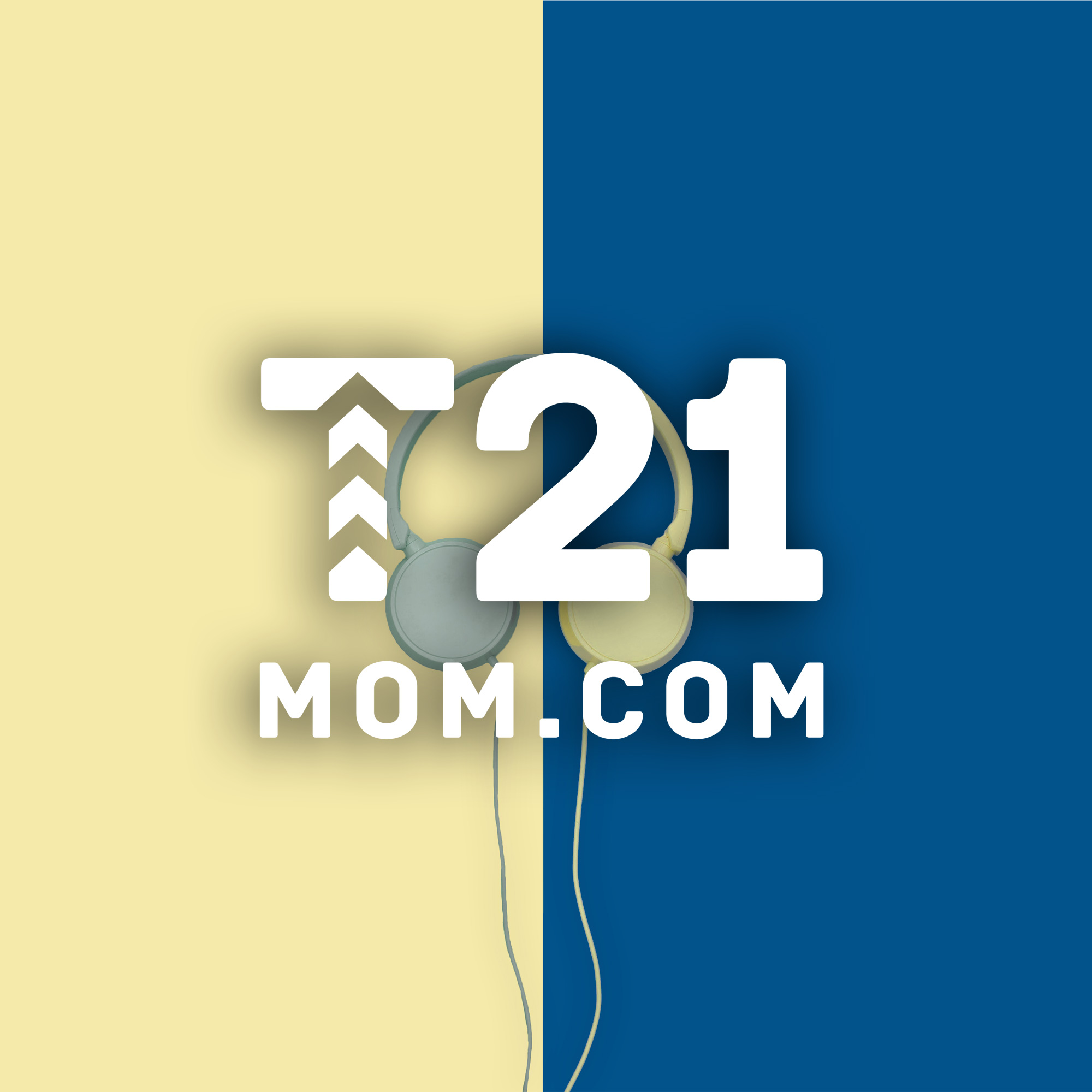
T21Mom-A Down Syndrome Podcast
T21Mom.com
The Collaborative IEP
Ashley Barlow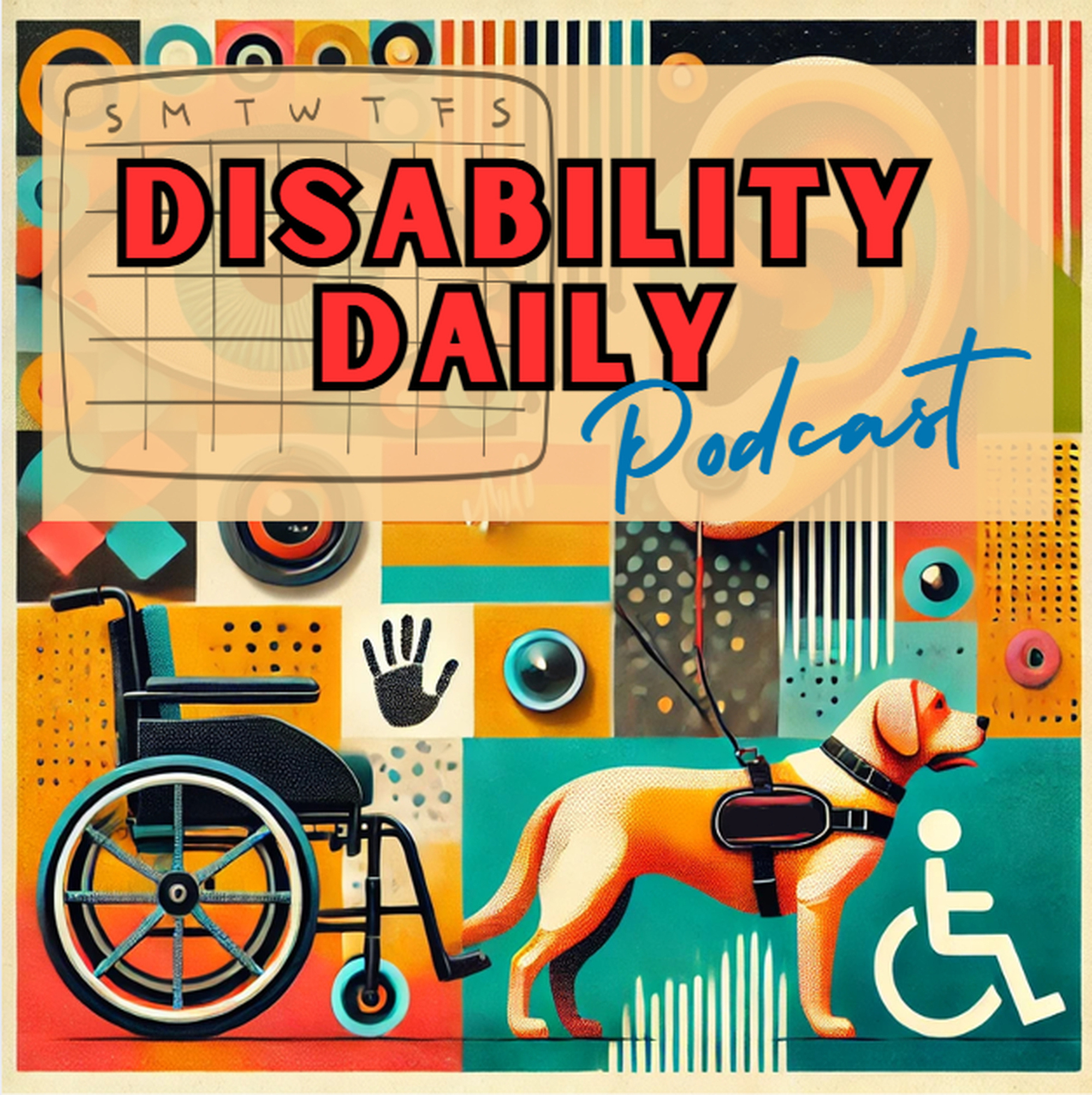
Disability Daily Podcast
Katie Healey, PhD, CPACC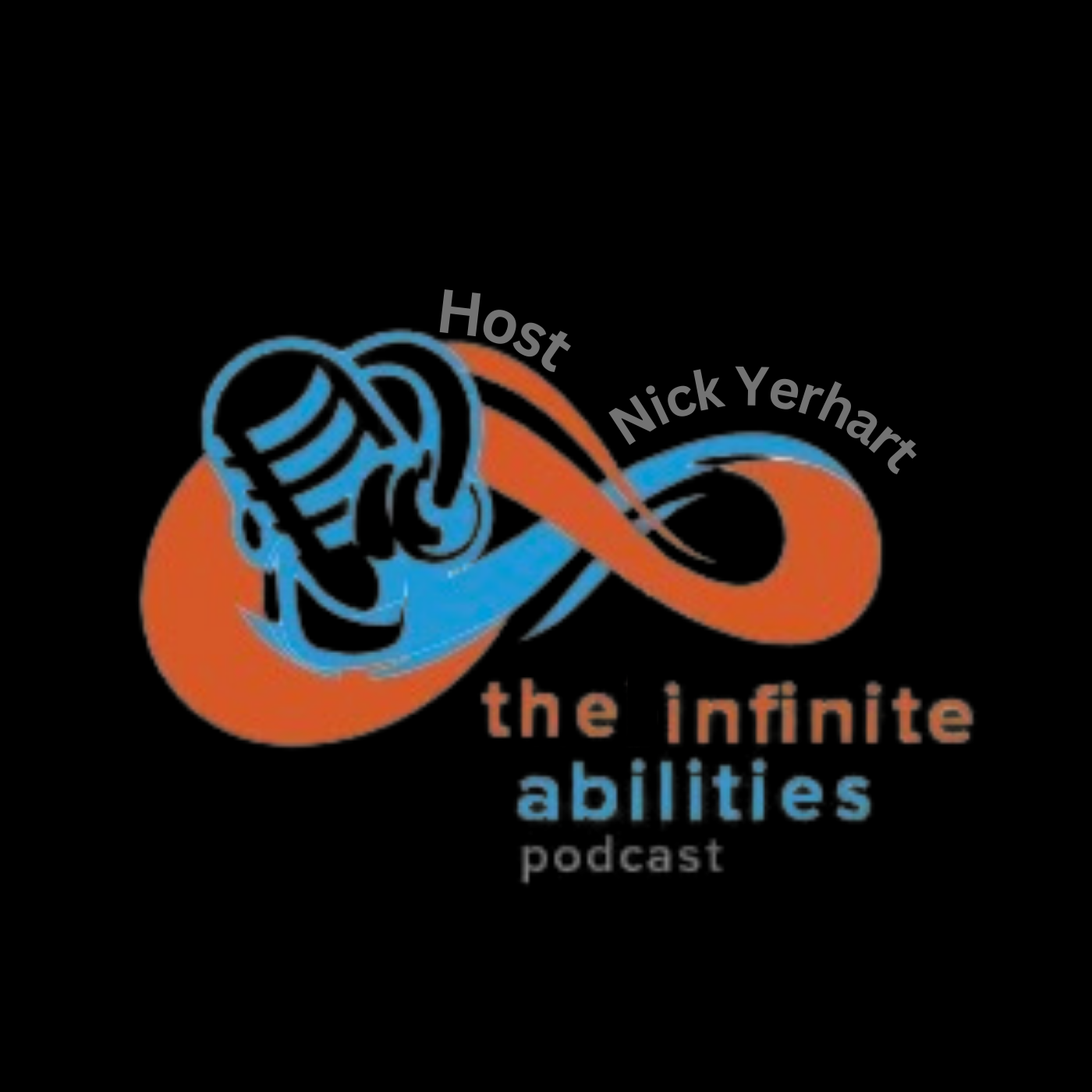
The Infinite Abilities Podcast
Nick Yerhart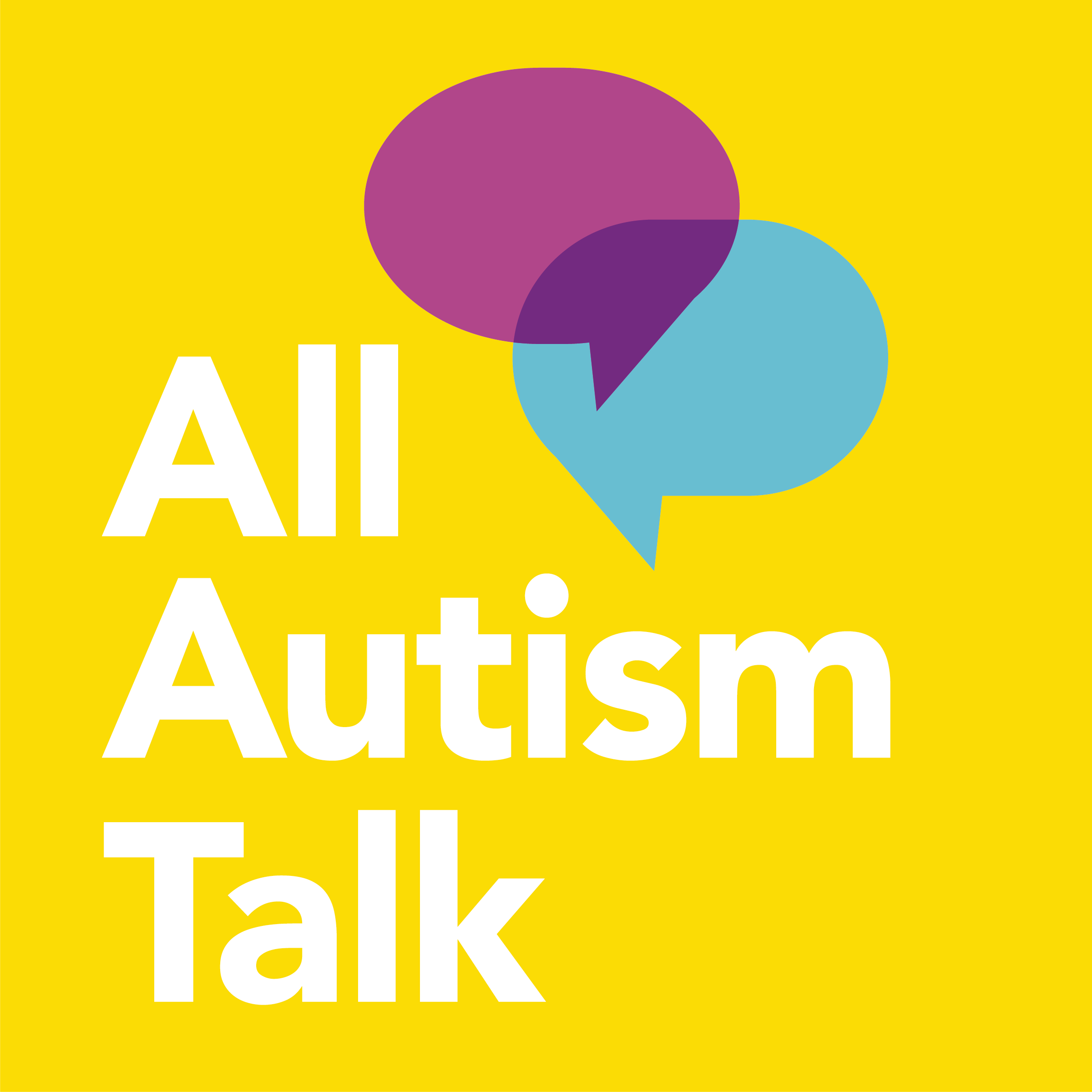
All Autism Talk
All Autism Talk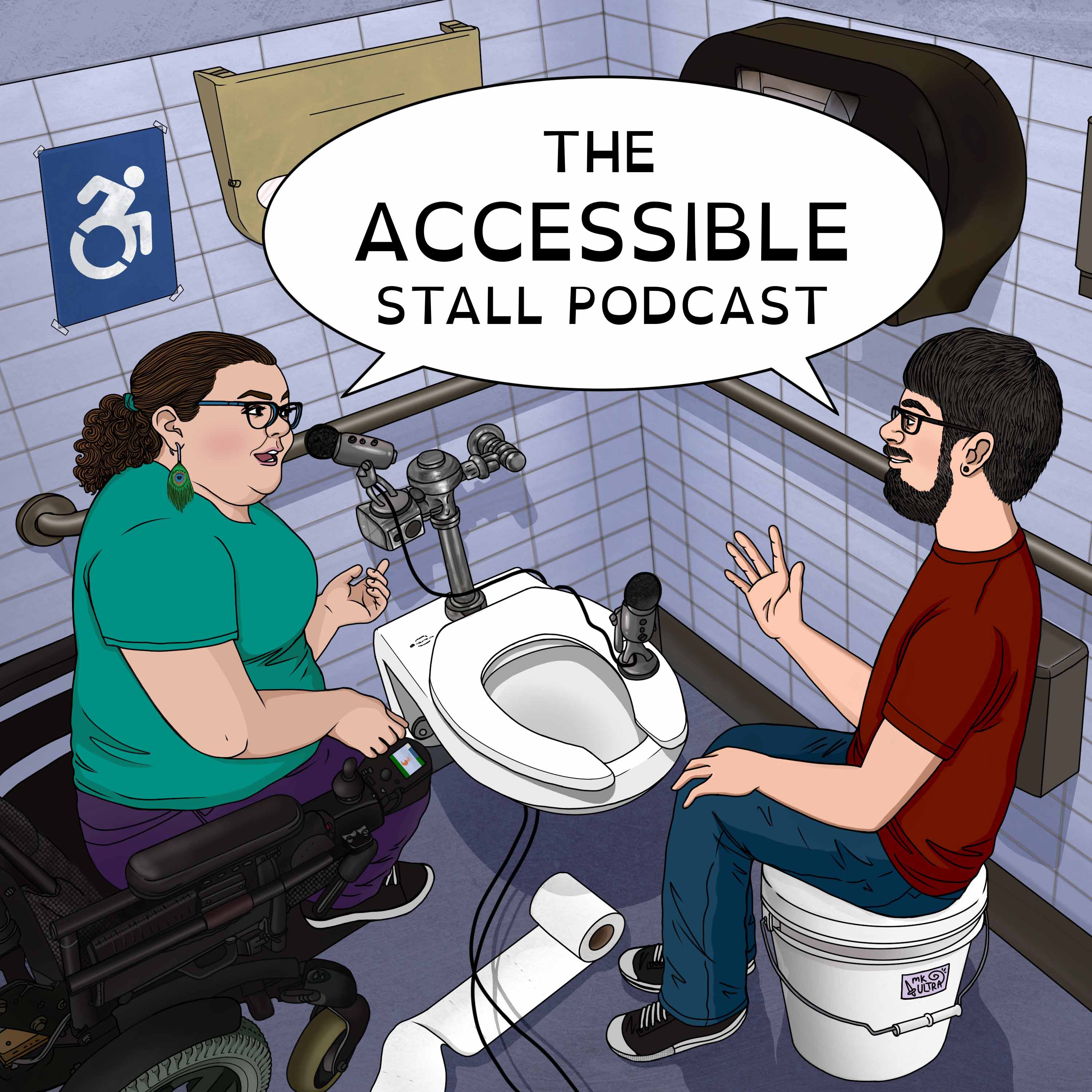
The Accessible Stall
Kyle Khachadurian and Emily Ladau
Disability Deep Dive
Disability Rights Florida
STAY Tuned: Supporting Transition-Age Youth with mental health conditions
STAY Tuned at Transitions to Adulthood Center for Research
Moms Talk Autism Podcast
Shannon Korza, Brittney Crabtree, Tash Dillmon, and Jean Mayer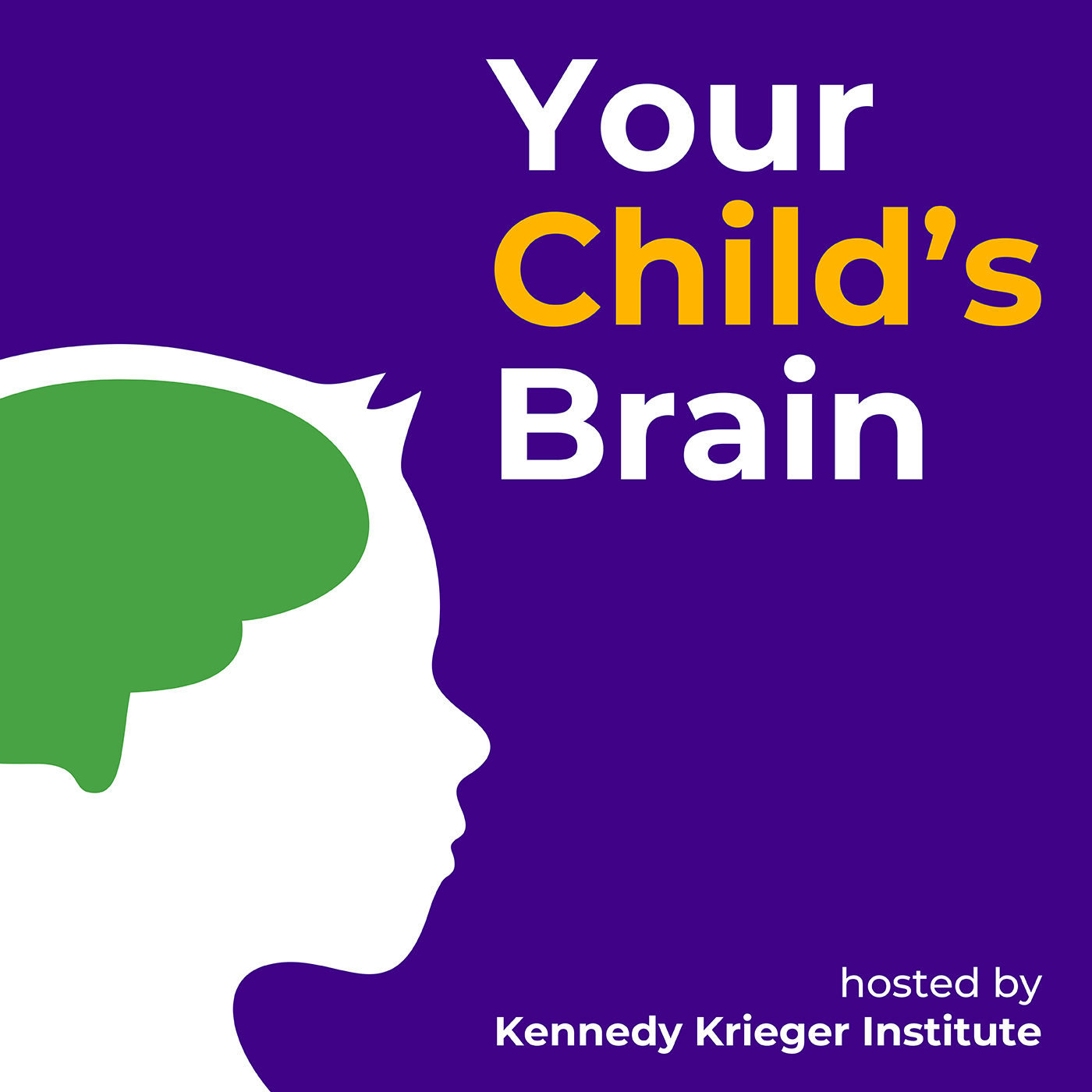
Your Child's Brain
WYPR Baltimore




